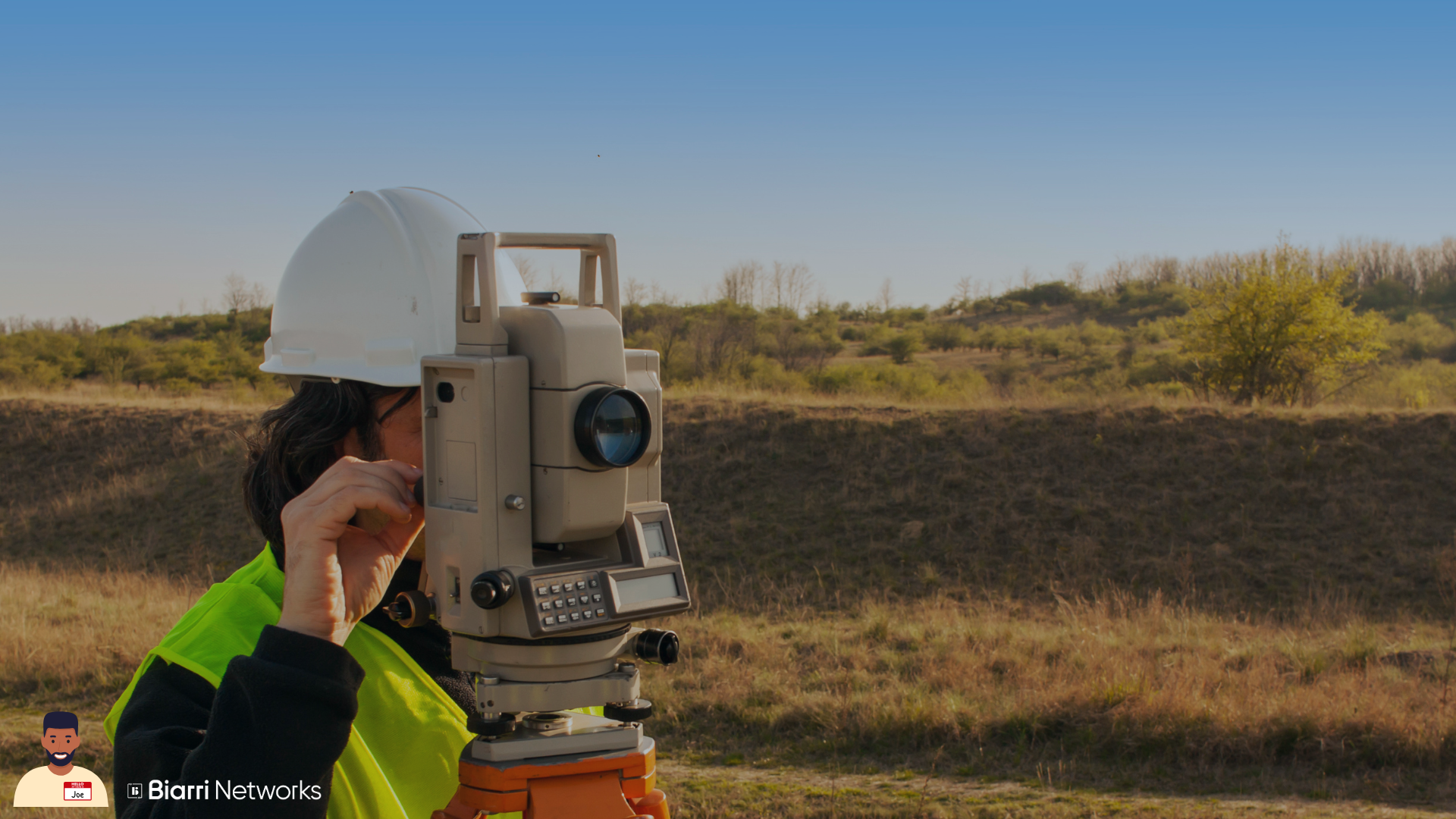Insights: Fiber Connect 2024
Momentum, momentum, momentum! What a show it was.
2 min read
Denzel Davis : Nov 7, 2024 10:38:48 AM
.png)
Good data in is good data out. Ask any OSP engineer, and this statement will hold true time and time again. Field validation is where a good design begins and ends. Field validation can vary in its level of detail based on the needs of the design as well as project to project.
Accurate field data is essential for gaining a clear understanding of the project area and helps to identify potential problem areas early in the project lifecycle. Traditionally, field validation begins by defining a project boundary and then gathering all necessary field data before any design work starts. This linear approach often delays the start of design and adds time to the overall project.
Biarri Networks’ Approach
Biarri’s approach takes a more agile path by starting with a high-level design before field validation. Leveraging all available geospatial data, this preliminary design allows the team to visualize the project layout and potential issues early on. Then, field teams validate the high-level design, checking if the proposed layout is feasible and identifying any necessary adjustments.
This method accelerates the design process by enabling immediate refinements based on field data, resulting in a constructible design output that is field-ready. By streamlining field validation and design adjustments, Biarri’s approach saves time, reduces rework, and improves overall project efficiency.
Core items required during any field validation are as follows:
In OSP engineering, the success of any design is rooted in the quality of its foundational data. Field validation stands as a crucial step in shaping the accuracy and effectiveness of the final network. While traditional approaches often lead to delays by gathering exhaustive data before design work begins, Biarri Networks's agile method introduces high-level design first, leveraging existing geospatial data to create an initial layout. This design-first approach, followed by on-the-ground validation, allows teams to address real-world conditions earlier and refine the design efficiently.
.png)
Momentum, momentum, momentum! What a show it was.

Biarri’s data-driven, predictive approach for outside plant design and engineering increases efficiency, precision, and cost savings.

As your fiber network project progresses, the transition from an Initial Detailed Design (IDD) or HLD to a Low-Level Design (LLD) is a crucial...